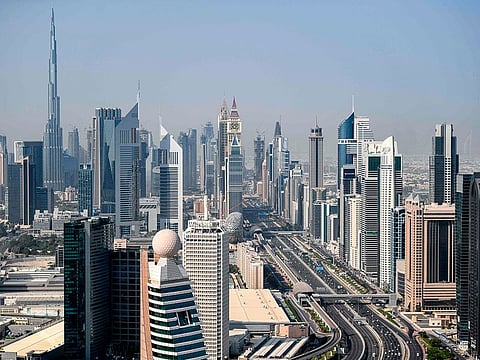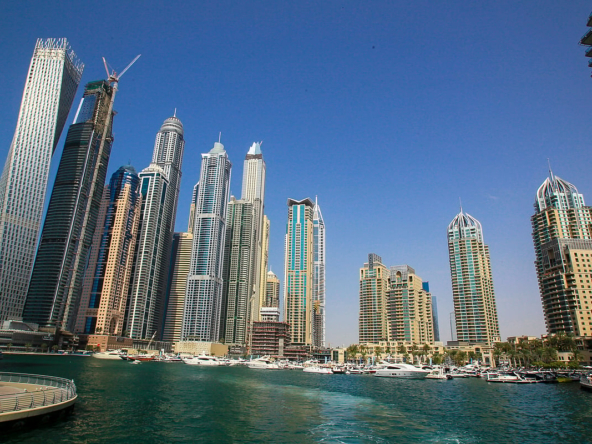Dollar’s weakness this year has translated into some timely opportunities on luxury homes
In recent months, shifts within the currency markets have quietly begun to attract the attention of sharp investors. While many remain focused on political developments and interest rate changes, a subtler and potentially more influential trend is creating real opportunities in Dubai’s real estate sector.
This year, the US dollar has seen a significant decline. Since the UAE dirham is tied directly to the dollar, this movement impacts what international buyers pay when exchanging their money into dirhams. Put simply, for many overseas investors, particularly those from Europe and the UK, Dubai property has suddenly become far more affordable.
How a falling dollar benefits buyers
Since the start of 2025, the dollar has dropped by about 11.5% against the euro and around 9% against the British pound. It might seem technical, but its impact is very tangible.
Recently, a Dh59 million villa on Palm Jumeirah was listed. In January, a British investor would have needed over 13.2 million pounds to make the purchase. Today, that same villa would cost around 12 million pounds — meaning a buyer saves more than 1.18 million pounds simply because of currency movement, even though the price in dirhams remains unchanged.
Greater advantages for euro-based investors
The benefits are even more pronounced for buyers using euros. That same villa would have been priced at close to 16 million euros at the beginning of the year. Today, it stands just above 14.1 million euros. That’s a currency-based saving of about 1.8 million euros, without any drop in the asking price.
History shows that currency movements often impact other asset classes. Between 2002 and 2008, the US dollar depreciated by nearly 40% compared to a basket of global currencies. During the same period, commodities surged, Brent crude oil reached a record of $149 per barrel, and property markets in hubs like Dubai performed strongly.
Typically, when a currency weakens, investors shift their focus toward tangible assets like real estate and gold — physical stores of value that tend to appreciate when money depreciates.
On the flip side, between mid-2014 and early 2017, the dollar strengthened by about 28% against major currencies, and Dubai’s real estate market saw a period of softening. Oil prices also fell sharply. Though various factors contributed to this, the strong dollar certainly played a part.
It’s important to note that currency isn’t the sole driver of property prices. Factors such as supply and demand, interest rates, government initiatives, and investor sentiment are also critical. Still, with all other conditions stable, a weaker dollar often makes Dubai’s real estate market more appealing to global buyers.
What’s especially intriguing now is that this shift is happening amid robust fundamentals in Dubai. The city continues to expand, attracting investment, welcoming a growing population, and maintaining strong interest from buyers across Western Europe and the UK.
For international investors, converting large sums into dirhams is a standard step — and even small currency fluctuations can significantly impact their budgets and decision-making timelines.
Real estate markets generally do not react overnight, but the growing currency gap is real. Historically, property markets eventually adjust to these economic shifts.
Whether the adjustment comes within six months or takes longer remains uncertain. However, for anyone already considering investing, this could be one of those rare occasions when timing and opportunity align perfectly.




